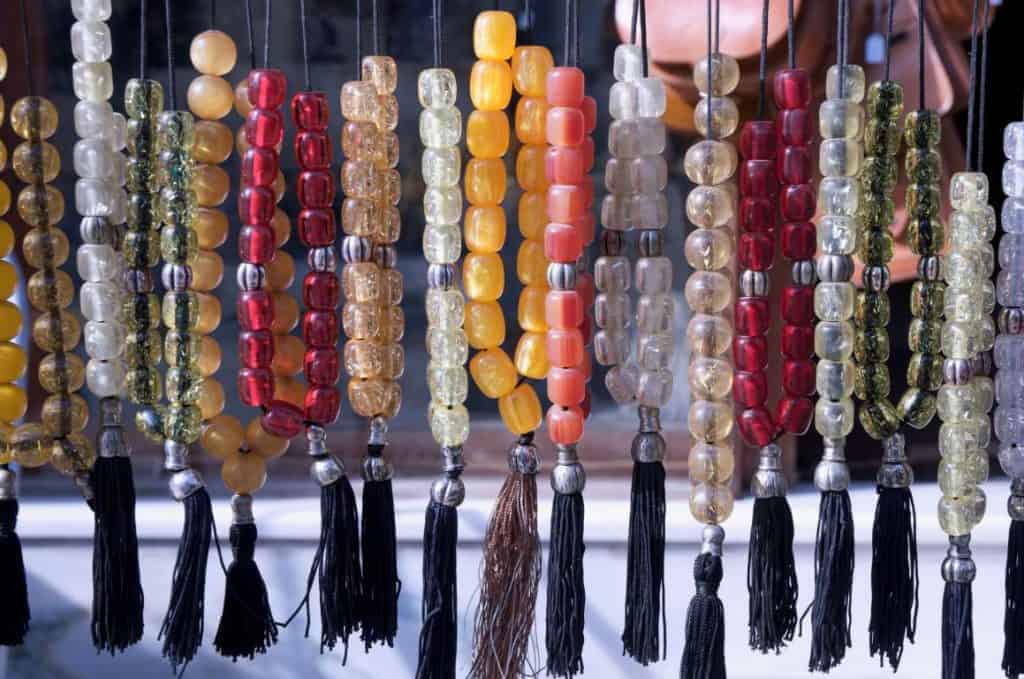The Komboloi is known to be a favourite pastime for many Greeks and used as a way to relax their mind and soul.

Yet the history of the Komboloi and its origins date back to when monks in Mount Athos began making strands of beads by tying knots on a string at regular intervals in order to say their prayers to God.
Today, worry beads are generally a string of 23 beads, though they can be any odd number, that the user sifts through the palms of their hands, tipping each bead over as their fingers reach them, until, at last, they reach the very end of the string and proceed once again. Greek worry beads once had very strict guidelines that followed their usage, as they have existed for centuries. It is believed that the Komboloi first originated with monks who often used any inexpensive material they could find, such as bits of wood, shells and olive pits.

Despite the fact that they were typically used as a means of prayer, similar to what modern prayer beads are used for, Komboloi transitioned into an object that is no longer associated with religion. This transition seemed to have fully taken place after the end of the Turkish occupation of Greece in the 1800s when the citizens of Greece decided that there would be 23 beads used instead of the typical 33, as the 33 number had a religious aspect tied to it. Some say it was related directly to the number of years that Jesus was alive.
The word Komboloi is derived from the words Kombos and Logio, which means “in each knot, I say a prayer.”

Worry beads can be handled in many different ways. The most common is the quiet method, for indoors, and a noisier method that is more acceptable in public places.
The loud method separates the beads into two groups on each end of the string. The user then holds the string in the very middle, the empty space between the beads. Upon doing this, they swing the back line of beads up and over their finger to where it clangs against the other line of beads. Once this is done, the user places their fingers in the space it had been previously and repeats the process.
In modern Greek society, the use of Greek worry beads is a practice that can be used for any number of things. It is said that people use it as a means to guard against bad luck, as well as for relaxation and enjoyment. It’s also said to be a very effective way for helping to limit smoking and to reduce stress.
Today, the string used to hold the beads is often made of silk, while the beads can be crafted from anything from plastic to marble, with amber and silver being signs of prestige and sophistication. Although these beads were typically used solely by men in the past, they have since transitioned into an object that both men and women now use. This change has made worry beads more popular and entrenched within Greek culture worldwide.

A great variety of meanings can be associated with Greek worry beads, especially as it pertains to music. Greek worry beads are a form of musical interpretation, as the rhythms and beats of the beads hitting against each other tend to cause a feeling of relaxation.
Greek worry beads hold a large cultural significance, and you can rest assured that most Greek households worldwide have a Komboloi or two lying around for both males and females of all ages to enjoy.

